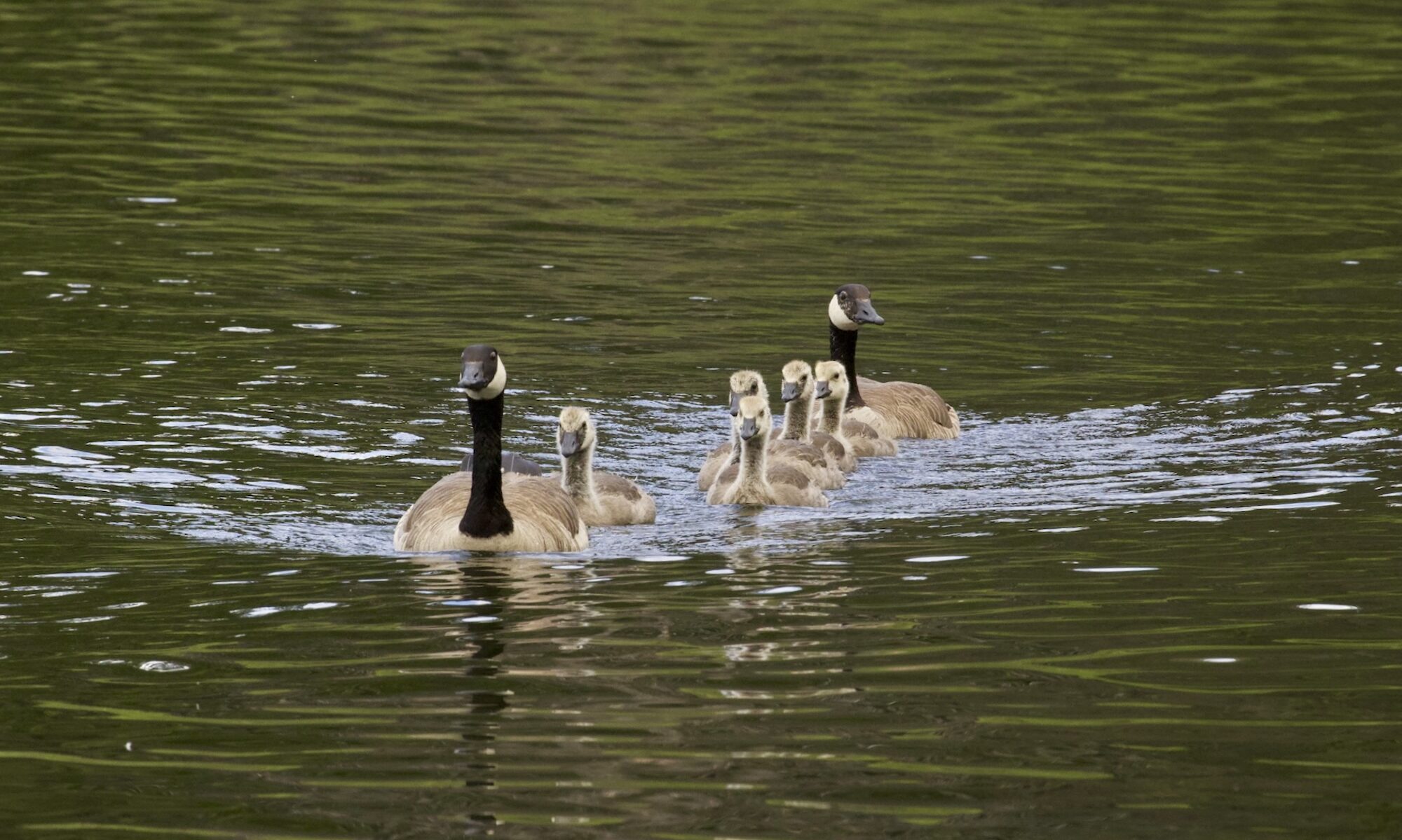 In perfect hiking weather, a group of us set out on a favorite: the Greensprings Mountain Loop trail. I’m posting this in mid-May, and the wildflowers were blazingly beautiful and prolific. The few botanical images scattered throughout this post will hopefully encourage subsequent visits and new sightings. Equally enjoyable was the presence of several bird species that added a lovely soundtrack to our botanizing. Nashville Warblers, Lazuli Buntings, and a lone Black-headed Grosbeak (whose song is appropriately characterized by Sooney as a “Robin on steroids”).
In perfect hiking weather, a group of us set out on a favorite: the Greensprings Mountain Loop trail. I’m posting this in mid-May, and the wildflowers were blazingly beautiful and prolific. The few botanical images scattered throughout this post will hopefully encourage subsequent visits and new sightings. Equally enjoyable was the presence of several bird species that added a lovely soundtrack to our botanizing. Nashville Warblers, Lazuli Buntings, and a lone Black-headed Grosbeak (whose song is appropriately characterized by Sooney as a “Robin on steroids”).

The loop is barely 3 miles, is reasonably level, and is easy to find. Head up the Greensprings Highway and, near the summit (and before you get to the smallish Keene Creek Reservoir), there’s a large parking area on the right for hikers wishing to access the Pacific Crest Trail that eventually accesses Hobart Bluff from the north (and eventually continues to Pilot Rock and points south). There’s a road heading off to the right, Soda Mountain Rd, that provides another, and shorter, route to Hobart Bluff. Directly opposite that parking area is another road, Old Hyatt Prairie Rd, that’s a fun route to Little Hyatt Lake and, eventually, Hyatt Reservoir. That’s also the way to the Greensprings Mtn. trailhead.

After a short distance on Old Hyatt Prairie Rd., there’s another road entering from the left and a sign directing visitors to the trailhead parking area. On Google Maps it’s ID’d as County Rd. 39-3E-32. After making that left, the road deteriorates and, while completely OK for conventional vehicles, do pay attention to potholes that sneak up on you in the shade. The parking area is a couple hundred yards from the actual spot where the Pacific Crest Trail crosses the road (that doubles as the loop trail) and I tend to drive past the designated parking and park alongside the road at the trailhead.

50′ after beginning your walk (heading south), there’s an intersection. Bear in mind that you’re walking the PCT, and a sign informs hikers to bear left (that results in hiking the loop clockwise). A completely acceptable option is to continue straight that parallels the road for a spell in a northerly direction (and knocks off a couple miles for exhausted hikers heading to Canada),. After roughly a ¼ mile, there’s an important intersection. At this point, the loop trail turns LEFT (for a counter-clockwise route). Through-hikers on the PCT would ostensibly continue north and, because that intersection is not currently signed, a few folks unfamiliar with the loop have become confused, and continued straight north toward Little Hyatt Lake.

That northern intersection begins a lovely area where many songbirds flourish. On the other hand, walking the trail clockwise at the beginning has provided several good looks at Pileated Woodpeckers. In fact, on one outing several years ago, Sooney was searching for a nearby woodpecker making quite a racket near the beginning of the trail. She scanned the predominantly Douglas Fir forest and noticed shiny wood chips falling from somewhere, highlighted by the morning sun. A moment later she spotted the woodpecker excavating a cavity way up there; ejected debris was the clue, and we enjoyed the bird popping its head in and out of the roughly 4” opening, apparently oblivious to us.

While birding a popular area of the high-lakes forest looking for the elusive Great Gray Owl, we ran across a long time birder, guide, and author, Harry Fuller. While we didn’t see an owl that trip, we left with information about the ubiquitous America Robin that was new to us. It turns out that the Robin’s girth makes it impossible for the bird’s wings to close completely on its back. I don’t generally find photographing the back of birds interesting and, in this instance, the bird’s posture gave us a perfect look with an entirely different perspective.
